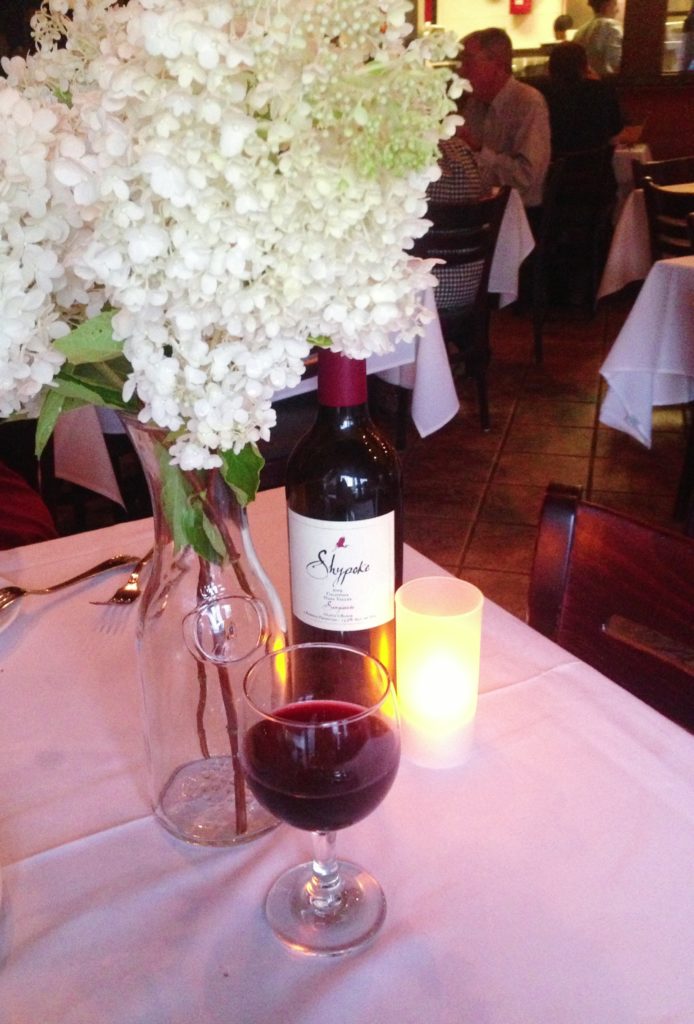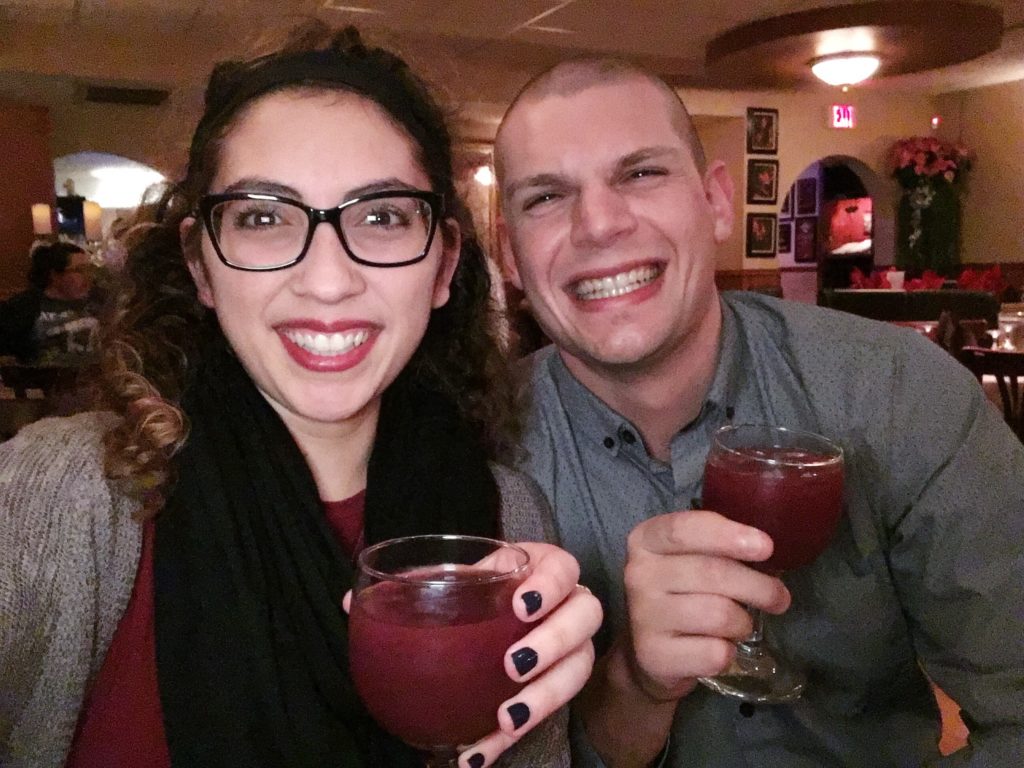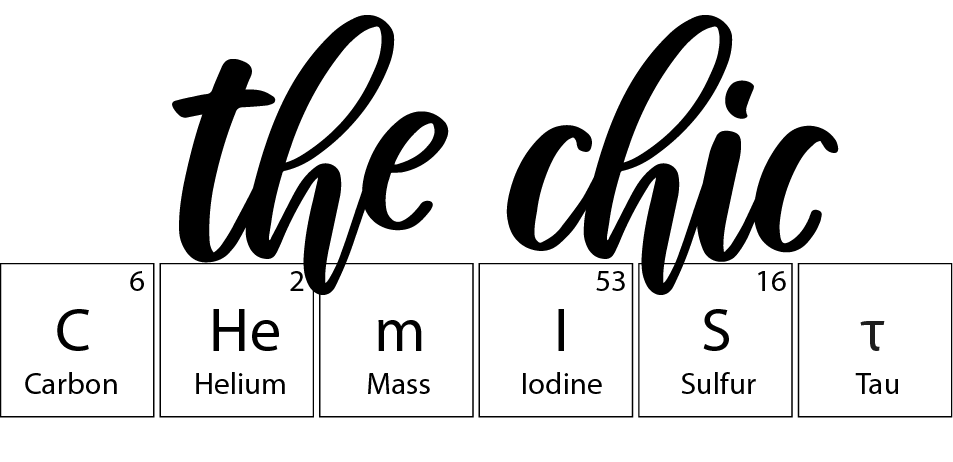I am not a huge alcohol drinker but when I’m home I will definitely indulge in a glass of red wine…or two. I have always been fascinated by the wine making process!! And a dream of mine is to own a winery (this girl has big dreams). But this #ScienceSunday will be a two part series!! Because my mom sent me an article about making wine in the Instant Pot! SAY WHAT?! So in early 2019 I am going to try to make my own red wine in my Instant Pot! So stay tuned for that!
For now let’s talk about how to make wine!!
We can start by talking about my science friend and yours….Louis Pasteur! Our pal Louis Pasteur was a French biologist, microbiologist and chemist who is best known for his work in vaccinations, microbiological fermentation, and pasteurization. In this case, with wine, Mr. Pastuer’s research on microbial fermentation and pasteurization are most important. Okay so definitions!! Microbial fermentation is the process that induces chemical changes in organic compounds through the assistance of enzymes. For food production, microorganisms are the activists that produce whatever change is wanted in the food/drink. The fermentation process for food production can be described as a chemical process converting the sugars in fruits or grains to ethyl alcohol and carbon dioxide.. Pasteurization is the process of applying mild heat (over 200F) to a food/drink product in order to remove pathogens which helps to extend the shelf life.
Cool. Now that we all have an idea of what Louis did, we can talk about how wine is actually made! There are five major steps in the process! It starts with growing the grapes and harvesting them, crushing and pressing the grapes, fermentation, clarification, and lastly, aging and bottling the wine.

Growing and Harvesting
The most important part of winemaking is growing the grapes!! No grapes, no wine! An interesting fact about grapes is that you can take the same grape and grow it in different regions and the grape will be chemically different! The winemakers engineer the perfect strain of grape for the wine they are trying to produce, pretty neat! After growing the grapes, they need to be picked at their peak and at the right time to produce the right wine.
Crushing and Pressing
Next step after the grapes are harvested is to crush them!! In the olden days, the grapes were crushed by people (we’ve all seen the videos of people stomping on them and I can’t help but think of foot fungus…gross).Bbut in modern days, there are automated machines that do the crushing! The mixture that is made consists of the juice, skin, and pulp and is called Must. During crushing, you can figure out what type of wine will come from the specific grape. Most of the color comes from the skin of the grapes so when you are crushing, the juice is clear so when the grapes are being pressed it is important to move quickly if it is white wine rather than at a slower pace when dealing with red wine as to give the dark red color.
Fermentation
This is the super fun part!! The “magic” of the entire process starts here! It’s interesting to think that this process has been happening without human intervention for so many years!! Adding yeast, the most important piece of the puzzle, starts the chemical reaction of converting the sugar into alcohol and carbon dioxide. There is naturally occuring yeast in grapes that can allow fermentation to occur without human assistance. However, it is hard to predict what the yeast will do which is why most winemakers choose to sterilize their grapes and add their own type of yeast to keep the barrels consistent.
Temperature is important during the fermentation process. A low temperature will not allow the yeast to consume any of the sugar. A high temperature will allow the yeast to ferment but shows a high probability of producing enzymes and microorganisms. The perfect temperature for fermentation is 72F.
Fermentation occurs in two stages; aerobic (with air) and anaerobic (without air). With aerobic fermentation, the wine mixture is allowed to interact with air which lets the yeast reproduce in the mixture. With anaerobic fermentation, the wine mixture is closed off from air allowing the alcohol to be produced in the mixture. The aerobic process is shorter than the anaerobic process. The anaerobic process could take months! When the Must is at the right sugar content level, fermentation is stopped and the yeast is removed by cooling the mixture and filtering it.
Clarification
Next up, winemakers clarify the mixture to make sure it is clear and particle-free. Clarification is used to make the wine look more appealing. The wine can be racked, cold stabilized, or fined. Racking wine is done by allowing the wine to sit so the larger particles settle to the bottom of the barrel and the clear wine is removed from the top. Cold stabilization is used in conjunction with racking to remove the tartaric acid that is produced when the wine is warmed and chilled. Fining the wine is a process of adding a product to the mixture that is more dense than water and alcohol and picks up the small particles in the mixture as it sinks to the bottom. Like racking, the particle-less mixture is removed from the top.
Aging and Bottling
Last up, the wine must be aged and bottled!! We can almost open it and drink!! Most wines are aged in a wood barrel which can change the flavor and scent of the wine depending on the type and age of the wood. Wine is usually aged in a cooler dark space and in bulk to show less variability amongst batches at different lengths of time depending on the type of wine.
Like a pharmaceutical drug is packaged on a line, the same can happen during bottling wine! When properly aged, the wine gets bottled on a line that sterilizes the bottle, fills them, corks them, labels the bottle and boxes them! They are placed in storage and on shelves to be sold!!!
I find this all so cool and a very interesting process!!! I will be making the Instant Pot wine in the new year and will keep you all posted on how it goes in a Part 2 of the Science Sunday Wine series!!
Now go open some wine and have a drink, responsibly!!!

Xoxo, Z




